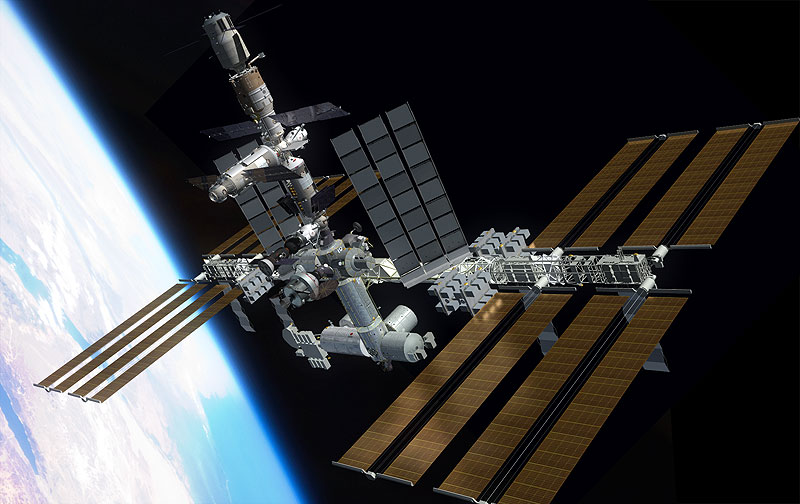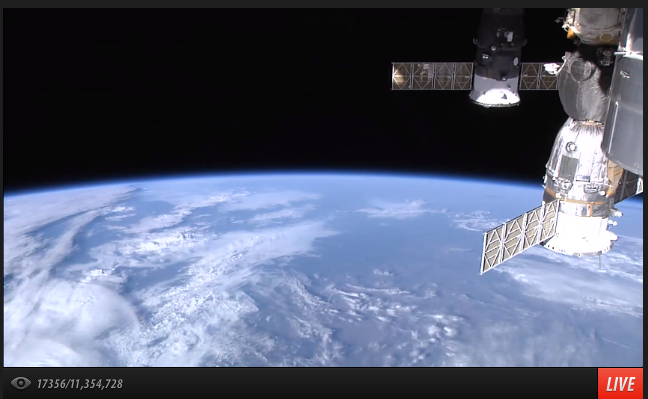One new acronym to remember – 3DEP!
In today’s world, it takes less time to download a country’s Digital Elevation Model (DEM) than to sign up for Gmail. SRTM and ASTER GDEM have served the world for quite a while. And high resoultion DEMs in the order of a meter are free to obtain in countries like the United States. And here is where the news is ! The National Elevation Dataset or most commonly called as NED are going to be soon replaced with much higher resolution 3DEP!
So what is it all about? 3DEP or the 3D Elevation Program is an intiative to develop very high resoultion DEMs using LiDAR for the entire conterminous United States, Hawaii and the US territories. Yes, for the entire country at a very very high resolution! There are several beneficial areas including production of FEMA’s flood maps and natural disaster application areas by United States.
Wait, did they leave Alaska out? Actually, no. Due to high cloud cover and inaccessible areas, the project will develop a high resolution DEM with RADAR interferometery (InSAR)!

3DEP – Quality Data by Collection Year, USA
Source: USGS. A lidar DEM of Mount St.Helen in Washington, USA.
Did you like this post about 3DEP? Read more and subscribe to our monthly newsletter!







